
Salmonflies
Pteronarcys californica
The giant Salmonflies of the Western mountains are legendary for their proclivity to elicit consistent dry-fly action and ferocious strikes.
Featured on the forum

This specimen resembled several others of around the same size and perhaps the same species, which were pretty common in my February sample from the upper Yakima. Unfortunately, I misplaced the specimen before I could get it under a microscope for a definitive ID.

Troutnut is a project started in 2003 by salmonid ecologist Jason "Troutnut" Neuswanger to help anglers and
fly tyers unabashedly embrace the entomological side of the sport. Learn more about Troutnut or
support the project for an enhanced experience here.
Oldredbarn has attached these 14 pictures. The message is below.
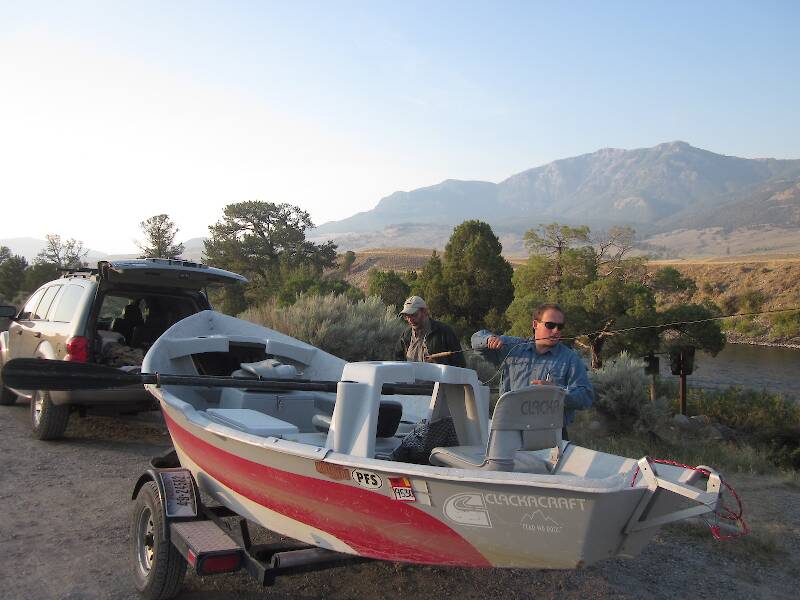
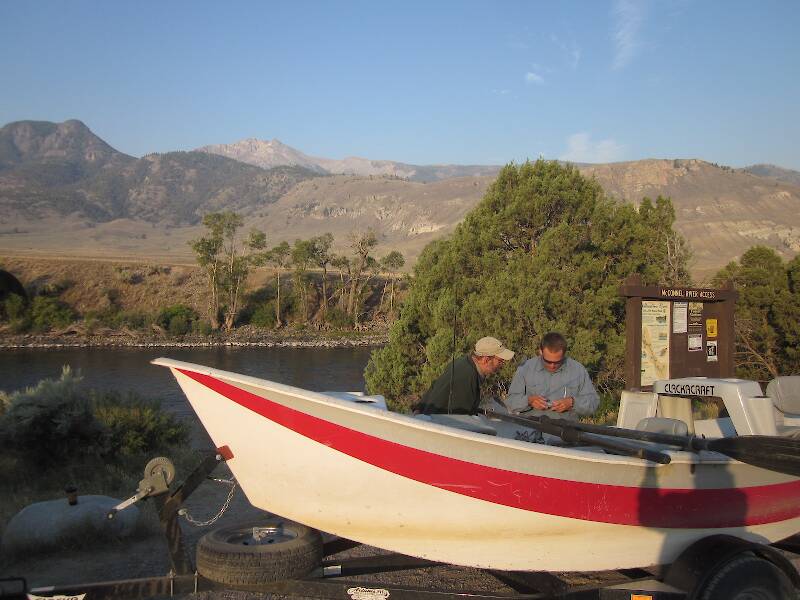
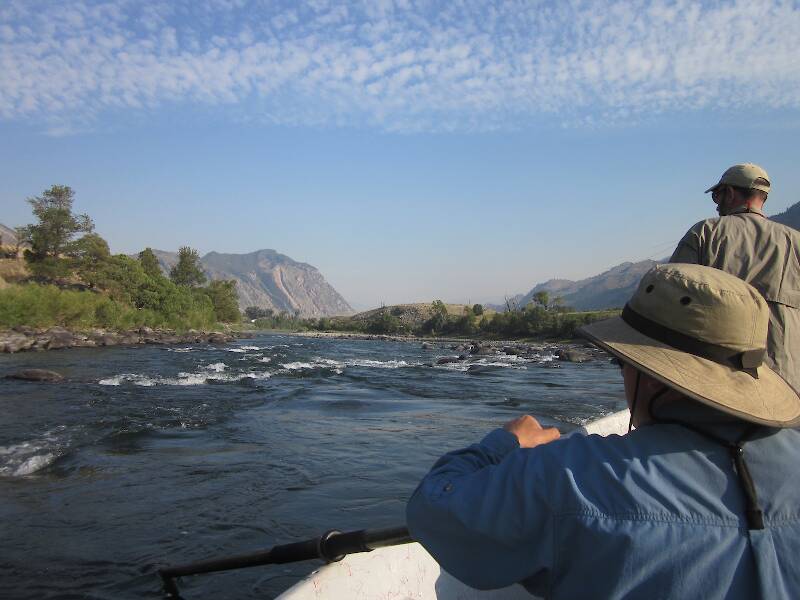
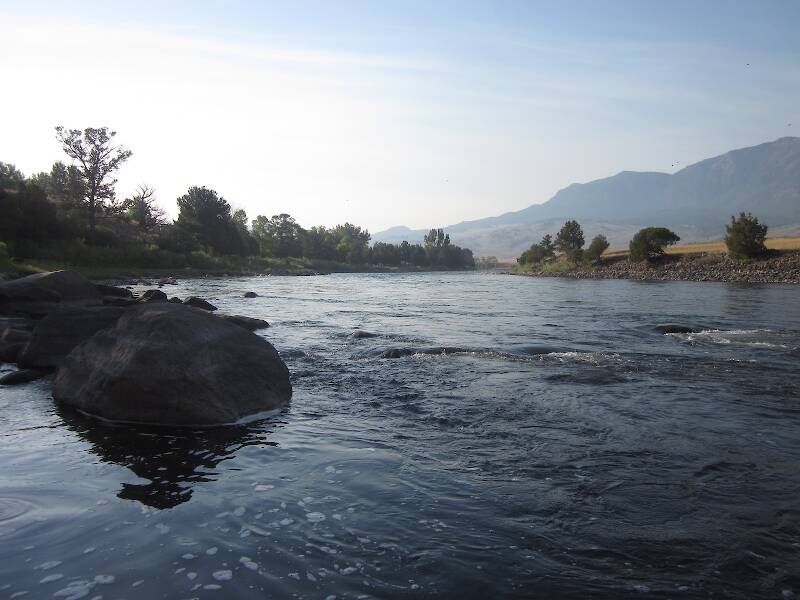
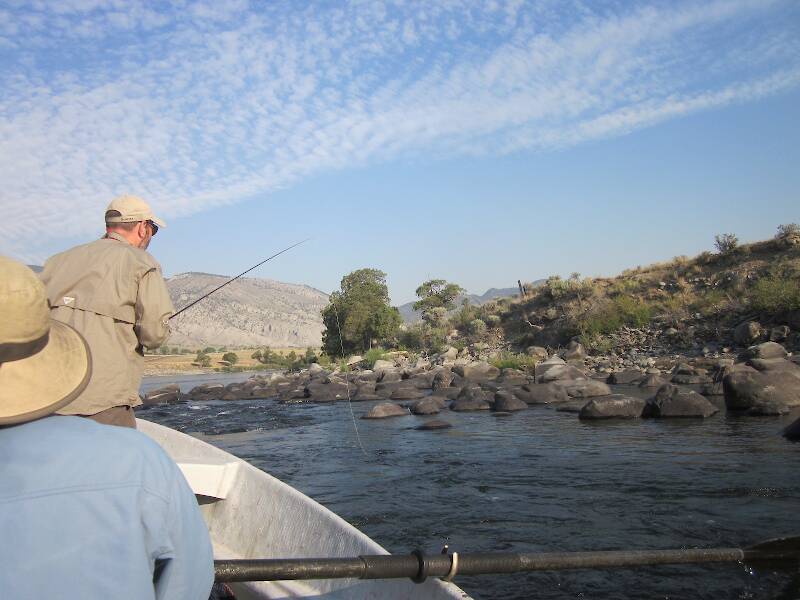
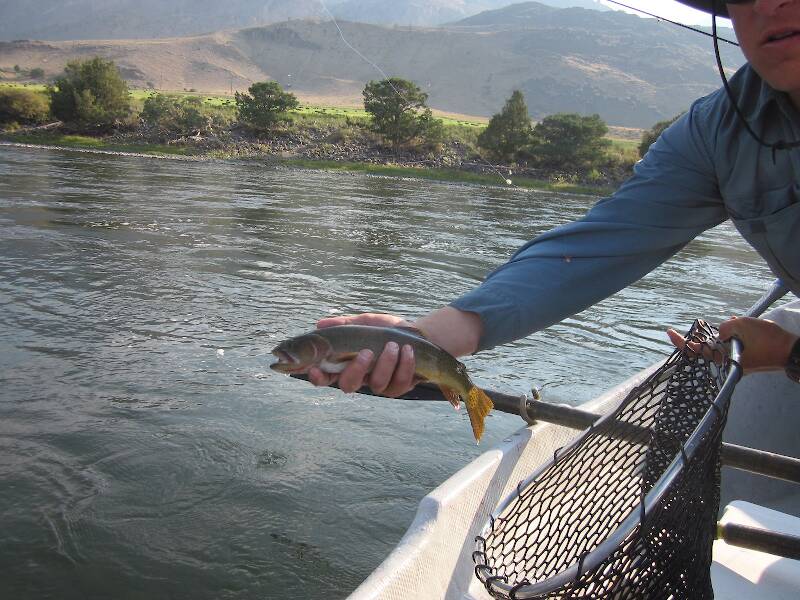
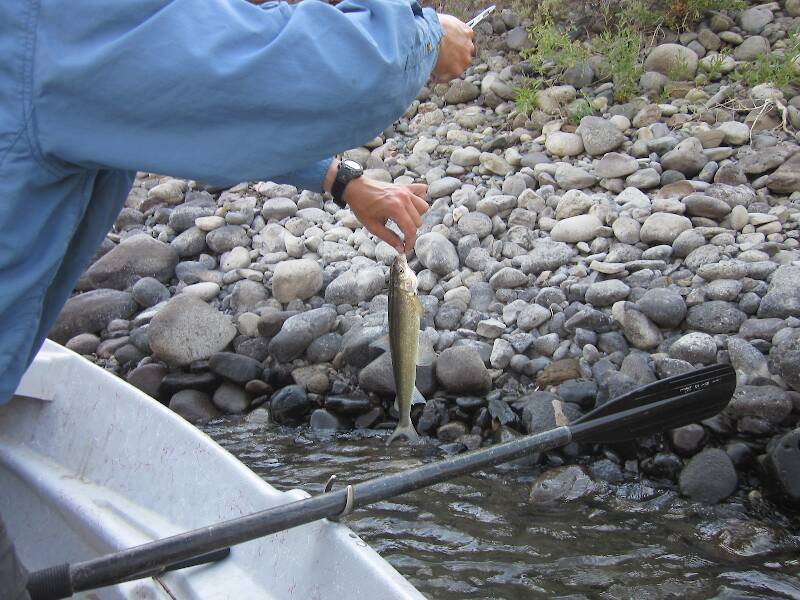
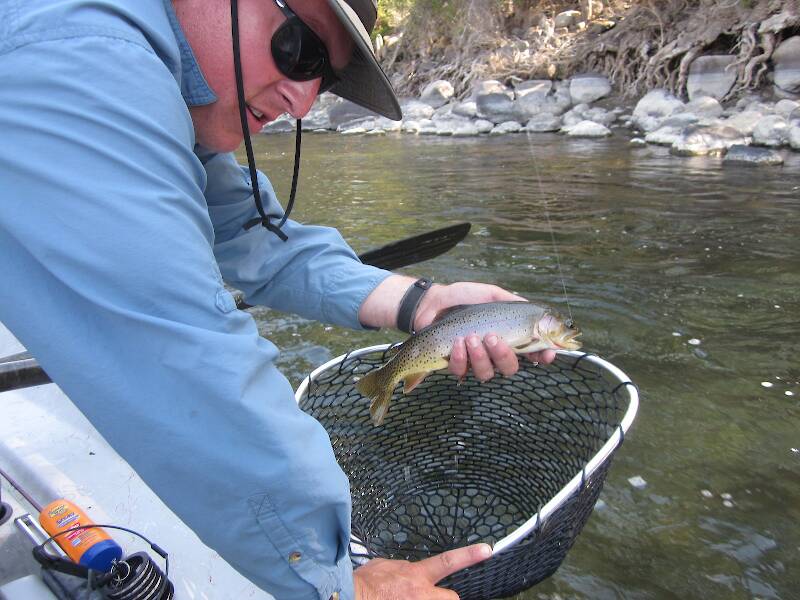


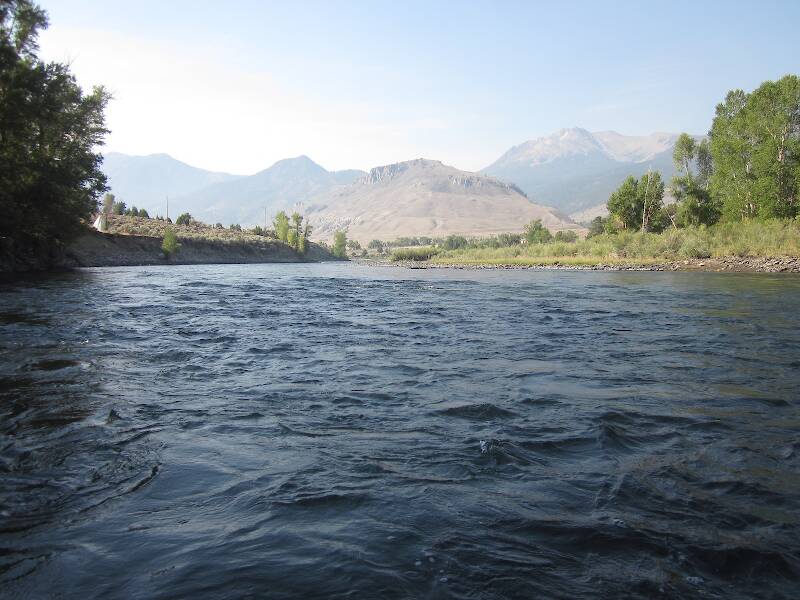
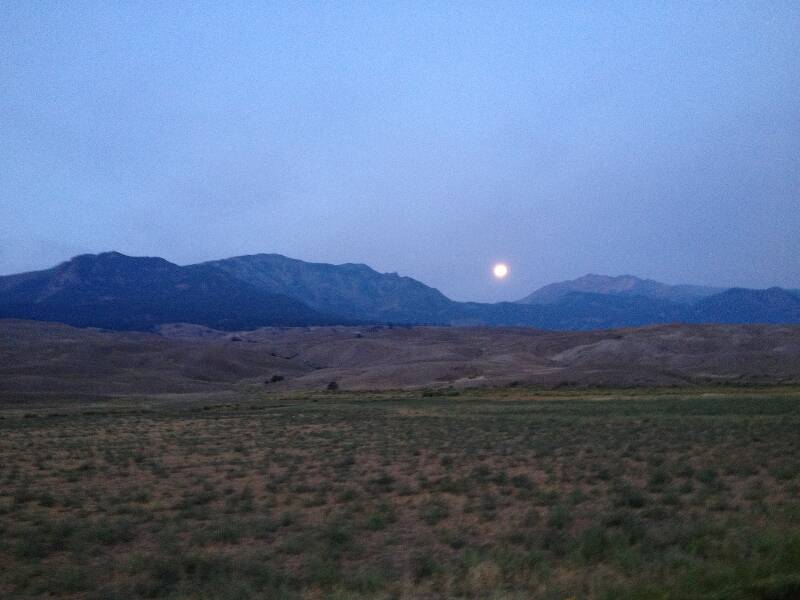

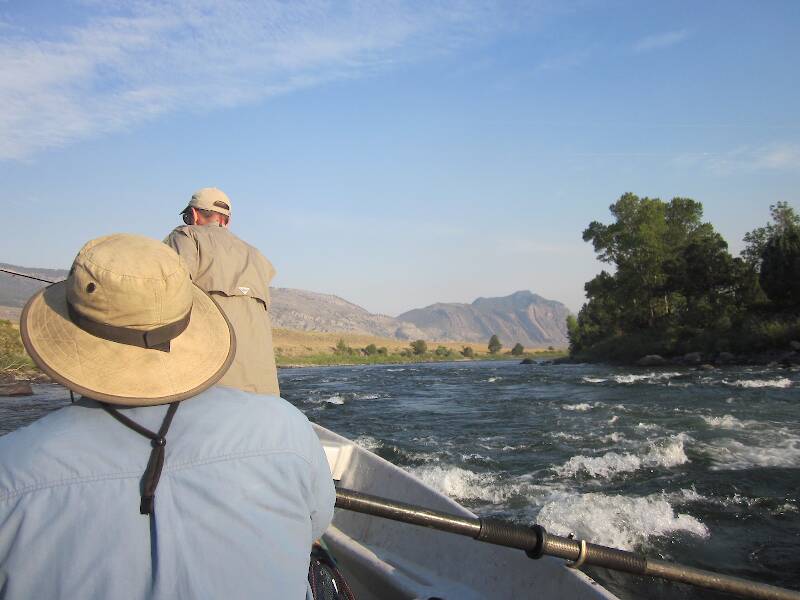
PaulRoberts on Sep 11, 2013September 11th, 2013, 4:51 pm EDT
Spent the evening at my local Audubon group...Had a young man speaking that blows my "Nerder Birder" designation to shreds. He spends his evenings listening to a receiver system placed up on the roof of his home listening to vocalizations made by passing migratory birds. There exists sonograms of these birds and he counts them without ever seeing them...This is tied in to a system of others like him and they are working out migratory patterns etc from this.
My little Zeiss binoculars are looking a little puny!
VERY cool. Punching more holes in "Darwin's citadel".
"The nerds shall inherent the Earth"! Or... at least comprehend it before they disappear from the face of it, for lack of reproductive fitness.
Oldredbarn on Sep 12, 2013September 12th, 2013, 3:55 pm EDT
Paul,
This young nerds enthusiasm was contagious. His excitement was off the charts. We listened to his recordings, and what I could hear over the ringing in my ears, sounded too close to call. He then took us outside and tried to get us to hear some for ourselves, but the nearby expressway noise drowned it all out.
Check out www.oldbird.org
You can go to this government weather site and watch the radar just as the sun is setting or as a cold front, or storm is tracking across the map, and see these blue plumes erupt which are large numbers of migratory birds taking to the air for a night flight.
The birds use the tail winds from the storms to speed up their flight.
The funny part was watching all us older birders standing just outside the nature center, in the dark, trying our damnedest to hear something in the night sky other than the cicada or a passing semi.
The young man grew up birding with his father and he would probably rank as a super birder and just wants to push it to the next level. They started out by soldering their own circuits for these receivers and now you can buy a kit. Cornell has a library of bird songs that actually will show you the wave length. The listening that this fella has done has improved his ability to hear birds during the day when he's out doing normal birding.
It is kind of like what we mentioned here before about citizens, in the field, suppling information for entomology and ornithology as well...Who know what they might dig up.
Cornell calls it "Citizen Science". Each year they have all the members of the lab do a thing called "Feeder Watch" and another deal where you report your sightings for so many days in a row...Everyone's logging on and reporting and they use the info for migratory info.
This young nerds enthusiasm was contagious. His excitement was off the charts. We listened to his recordings, and what I could hear over the ringing in my ears, sounded too close to call. He then took us outside and tried to get us to hear some for ourselves, but the nearby expressway noise drowned it all out.
Check out www.oldbird.org
You can go to this government weather site and watch the radar just as the sun is setting or as a cold front, or storm is tracking across the map, and see these blue plumes erupt which are large numbers of migratory birds taking to the air for a night flight.
The birds use the tail winds from the storms to speed up their flight.
The funny part was watching all us older birders standing just outside the nature center, in the dark, trying our damnedest to hear something in the night sky other than the cicada or a passing semi.
The young man grew up birding with his father and he would probably rank as a super birder and just wants to push it to the next level. They started out by soldering their own circuits for these receivers and now you can buy a kit. Cornell has a library of bird songs that actually will show you the wave length. The listening that this fella has done has improved his ability to hear birds during the day when he's out doing normal birding.
It is kind of like what we mentioned here before about citizens, in the field, suppling information for entomology and ornithology as well...Who know what they might dig up.
Cornell calls it "Citizen Science". Each year they have all the members of the lab do a thing called "Feeder Watch" and another deal where you report your sightings for so many days in a row...Everyone's logging on and reporting and they use the info for migratory info.
"Even when my best efforts fail it's a satisfying challenge, and that, after all, is the essence of fly fishing." -Chauncy Lively
"Envy not the man who lives beside the river, but the man the river flows through." Joseph T Heywood
"Envy not the man who lives beside the river, but the man the river flows through." Joseph T Heywood
Crepuscular on Sep 12, 2013September 12th, 2013, 4:05 pm EDT
I think I know some waterfowlers that might like to get in on this...;)
Seriously, this is all very cool. A prime example of citizen science. I love it. And really what Jason has created here is another great example.
Seriously, this is all very cool. A prime example of citizen science. I love it. And really what Jason has created here is another great example.
PaulRoberts on Sep 12, 2013September 12th, 2013, 4:49 pm EDT
Yes, so very cool.
Jmd123 on Sep 12, 2013September 12th, 2013, 5:51 pm EDT
"The nerds shall inherent the Earth"! Or... at least comprehend it before they disappear from the face of it, for lack of reproductive fitness."
Truer words never spoken, Paul. I most definitely count myself amongst the nerds..."normal" is BORING.
"The birds use the tail winds from the storms to speed up their flight."
I get a bunch of white-crowned sparrows around my place in late April/early May. Can't miss 'em, bold white and black stripes on their heads and much beefier than an average sparrow. My neighbor John says they wait until a good strong southern wind to kick up, then they'll head back north into Canada. They can hang out anywhere from two to three weeks...and I love them, they are most definitely a harbinger of spring here in the North Country!
Pretty soon we'll be seeing the big fall migrating flocks...thousands of birds gathering together, feeding on everything edible in sight, ready for the big long flight to the south...
Ah, but there's 18 days left in trout season here in Michigan...we digress...
Jonathon
Truer words never spoken, Paul. I most definitely count myself amongst the nerds..."normal" is BORING.
"The birds use the tail winds from the storms to speed up their flight."
I get a bunch of white-crowned sparrows around my place in late April/early May. Can't miss 'em, bold white and black stripes on their heads and much beefier than an average sparrow. My neighbor John says they wait until a good strong southern wind to kick up, then they'll head back north into Canada. They can hang out anywhere from two to three weeks...and I love them, they are most definitely a harbinger of spring here in the North Country!
Pretty soon we'll be seeing the big fall migrating flocks...thousands of birds gathering together, feeding on everything edible in sight, ready for the big long flight to the south...
Ah, but there's 18 days left in trout season here in Michigan...we digress...
Jonathon
No matter how big the one you just caught is, there's always a bigger one out there somewhere...
Falsifly on Sep 12, 2013September 12th, 2013, 6:20 pm EDT
I think I know some waterfowlers that might like to get in on this...;)
http://articles.latimes.com/1995-12-03/news/mn-9733_1_air-traffic
I was duck hunting in South Dakota when this happened, it was unbelievable.
Falsifly
When asked what I just caught that monster on I showed him. He put on his magnifiers and said, "I can't believe they can see that."
When asked what I just caught that monster on I showed him. He put on his magnifiers and said, "I can't believe they can see that."
Wbranch on Sep 16, 2013September 16th, 2013, 5:18 pm EDT
Spence,
"He seemed able to move it around pretty much at will, and if I leaned out of the brace up front and on one side of the boat more than the other he seemed hampered a bit and would remind me to square up."
A skilled drift boat man can pretty much turn them on a dime or row in place for five minutes so a client can cast repeatedly to a rising fish and not have to pull the trigger on the anchor.
It is very true how much harder it is to row and kep the boat on track if the guy in the front is not sitting on the centerline of the boat. I'm constantly having to remind my buds to face forward and sit in the center or I'll throw them overboard!
"He seemed able to move it around pretty much at will, and if I leaned out of the brace up front and on one side of the boat more than the other he seemed hampered a bit and would remind me to square up."
A skilled drift boat man can pretty much turn them on a dime or row in place for five minutes so a client can cast repeatedly to a rising fish and not have to pull the trigger on the anchor.
It is very true how much harder it is to row and kep the boat on track if the guy in the front is not sitting on the centerline of the boat. I'm constantly having to remind my buds to face forward and sit in the center or I'll throw them overboard!
Catskill fly fisher for fifty-five years.
Quick Reply
Related Discussions
Topic
Replies
Last Reply







